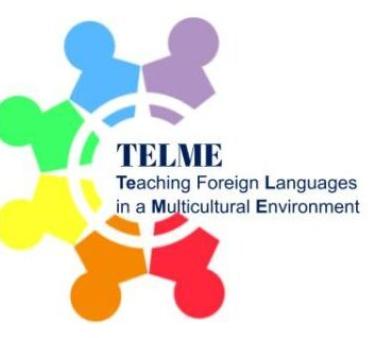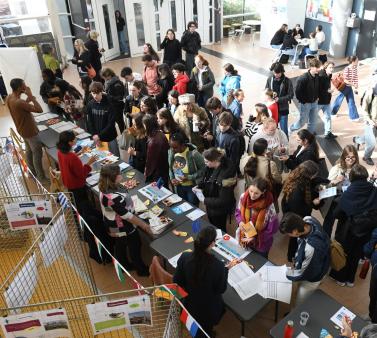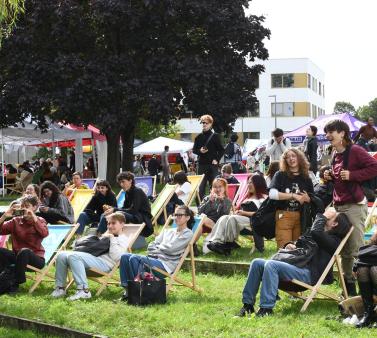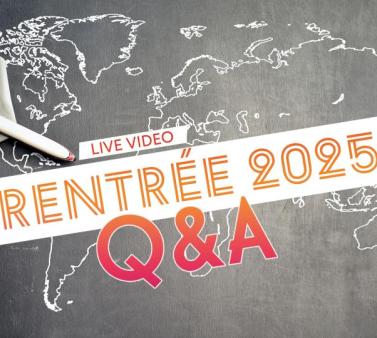Objectives
The Master’s degree in Art History run by the Department of Art History and Archaeology at Rennes 2 is organized in two stages. Year 1 is common, with the possibility of choosing from several modules allowing a pre-orientation towards M2 pathways. Year 2 is divided into five specific pathways: Art History and Criticism (HCA); History, Theory and Criticism of Architecture (HTCA); Exhibition Arts and Trades (MAE); Management and Showcasing Works of Art and Ethnographic and Technical Objects (MAGEMI); Built Heritage Restoration and Rehabilitation (REPAT).
Through these five highly complementary pathways, the objective of this Master’s degree is to train future graduates for careers involving works of art, ethnographic and technical objects, contemporary creation, architecture and built heritage. At the end of the two years, students can either directly enter the workforce or go on to undertake doctoral studies, subject to acceptance of their thesis proposal by the Doctoral School. Some career prospects are common to several of the pathways, while others are more specific to one particular pathway.
Skills
The overall objective of this degree course is for students to acquire knowledge and working methods for analysing and understanding works of art, tangible culture objects, architecture and built heritage from the ancient periods to the 21st century using a rigorous historical, critical and practical approach. It equips students with skills in research and project development, with each pathway offering its own strengths in this respect:
-
ability to carry out research and a critical analysis of sources (archives, published sources, graphic materials); disciplinary knowledge and state of the art; knowledge about current fields of research as well as new research topics; proficiency in research methodology in art history and art criticism, history and theory of architecture, built heritage;
-
ability to reflect on the challenges and characteristics of the museum and exhibition professions; management and administration of cultural and artistic projects; learning the research methodology for setting up an exhibition project, historical and practical approaches; acquisition of specialist knowledge on the notion of space in relation to the exhibition; preventive conservation and knowledge of the problems involved in the restoration of works of art; acquisition of knowledge relating to the creation of an exhibition and a publication;
-
knowledge of ancient, modern and contemporary built heritage and ability to carry out a historical, architectural and heritage assessment; ability to carry out an inventory project of built heritage and proceed with its restoration; ability to assess challenges and needs and to draw up and implement a conservation / restoration / rehabilitation project for built heritage; ability to draw up a built heritage enhancement project.
Finally, the training provides students with transversal skills, such as:
-
ability to retrieve, sort, summarize, prioritize and analyse data;
-
autonomy and a critical perspective;
-
designing and planning work and organizing, coordinating and leading a team;
-
creating and imagining original and changing situations;
-
ability to produce a written piece that is structured, logical and standardized;
-
ability to organize oral presentations and public speaking.
Course Content
The degree is composed of two Compulsory Core Teaching Units (UEFs) and two Specialization Teaching Units (UESs) per semester.
-
The UEFs allow students to develop a solid theoretical approach within problem-oriented modules (disciplinary thinking on Art History; gaining in-depth and specialized knowledge in Art History from the ancient periods to the 21st century).
-
The UESs use a methodological approach (introductory seminars on research methods and individual work in preparation for a dissertation) and prefigure the Master 2 pathway through specific modules (stakeholder and job knowledge; approach towards the problems and challenges specifically associated with the various fields of expertise; hands-on approach for the pathways aimed at direct employment).
The Master 2 (M2) (year 2 of a two-year Master’s course) is divided into two research pathways (HCA and HTCA), which are based on problem-oriented classes and seminars in which students develop a real project in line with current research and which will lead to the writing and defence of a dissertation.
There are also three vocational pathways aimed at direct employment (MAE, MAGEMI, REPAT), combining shared modules (lectures (CMs) and/or seminars) and specific modules organized around tutored annual group project(s) giving students experience of professional situations. These projects are jointly supervised by lecturer-researches and various external industry professionals. Each student must also undertake a compulsory internship and write a related dissertation.



